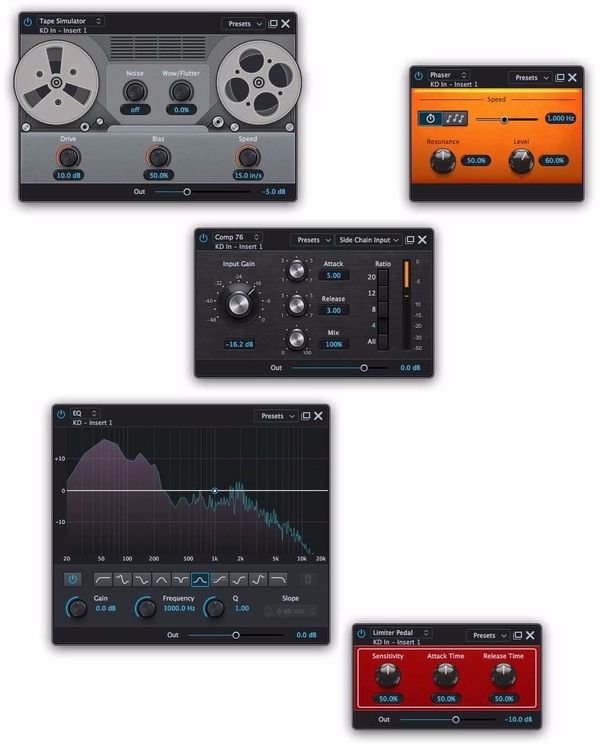

If the drum module has a MIDI In port, sounds can also be played in response to incoming MIDI messages. This may involve playing a digital sample stored in memory or generating a synthetic signal, or a combination of both. Takes each MIDI message and generates the appropriate sound. This MIDI message is passed to the Sound Engine and also output via the MIDI Out port. There has to be a mapping between trigger inputs and note numbers for example Trigger input 1 = note 39. Turns each trigger signal into a MIDI message made up of at least a note number and a velocity.

The output is something like “trigger input 1 hit velocity 95” 3. Scans the incoming signal to detect the main transient and eliminate false triggers. The vibration causes the piezo sensor to generate a variable current which is fed to the drum module trigger input as an analog signal.

The signal flow is something like this: 1. This is a very simple system but there are key differences between different manufacturers - specifically the wiring of the plugs. The resulting output is a fed through a stereo jack plug carrying the two analog signals. There may be additional piezo or switch to capture rimshots these are known as dual-zone pads. This simplified schematic shows the main components and signal flow:ĭrum pads contain a piezo sensor that turns vibration into electric current. It helps to understand how drum modules work and the sequence of events between hitting a pad and producing sound. Is there a way to trigger drum software without one? How e-drums work I ended up questioning whether I actually needed a drum module at all. In my previous post I considered several options for building up an e-drum kit on a modest budget.


 0 kommentar(er)
0 kommentar(er)
